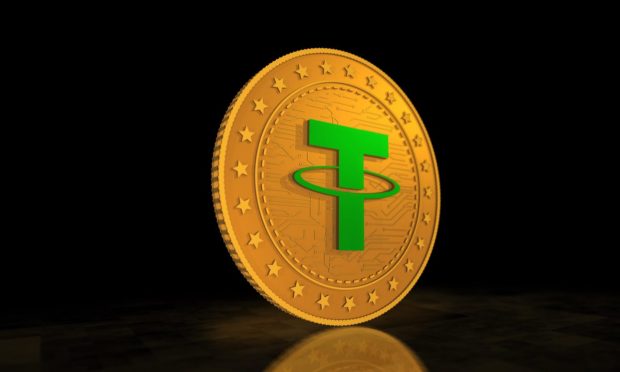Tether Probe May Signal Bumpy Regulatory And Legal Path For Stablecoins

Decentralized finance is in its early innings and strife has already landed at the door of stablecoin, the purpose-built cryptocurrency that was designed to be immune from the volatility and risk associated with other brands of crypto that now populate the space.
Although one company’s legal woes might prove to be a challenge contained to that firm alone, the just-announced criminal probe into Tether has the potential to send a broader chill through the market at large.
To that end, and as reported on Monday (July 26), and per Bloomberg, the U.S. Justice Department is examining whether Tether executives had concealed the true nature of some transactions, and whether its banking partners had been aware that transactions had been tied to cryptocurrencies.
The news outlet cited three anonymous sources “familiar with the matter.” No charges have been brought yet, and we hasten to add that charges may not be forthcoming.
But it’s important to note that the probe — even if it is one that focuses on what the company was doing years ago, and may not be germane to what is happening now — signals the challenges that confront an industry that is still finding footing within the financial services landscape.
It might not be far-fetched to say that the cryptocurrency sphere just a few years ago was a bit more Wild West than it might be now, where initial coin offerings (ICOs) were all the rage, where exchanges were (and in some cases still are) anything but transparent or secure. It remains to be seen whether regulators find that a lack of detail for past transactions are sins of omission or of commission. DeFi has as part of its premise that the intermediaries of financial services are sidestepped, so as the Tether case unspools, we’ll guess that the role of those intermediaries will be under discussion.
But it is indeed the case that cryptos of all stripes, including the asset-backed ones, will draw more scrutiny, particularly as the companies behind them seek to go more mainstream.
Looking Toward Transparency
In some cases, we’re getting more transparency, in the form of the attestations that Tether, and Circle, have disseminated, detailing the holdings and assets that back the digital coins.
Regulators and lawmakers have in the past lobbed charges at companies like Tether, sometimes with heavy fines. In one example, earlier this year, the office of New York Attorney General Letitia James reached an $18.5 million settlement with Tether and iFinex (which operates the exchange Bitfinex) tied to allegations that the companies had moved money to cover $850 million of losses and that Tethers (the stablecoins) were not always backed by reserves at the rate of one dollar per tether.
Stablecoin issuers, then, may have to tread extra carefully in detailing, consistently (and perhaps even at a moment’s notice) what assets are on hand to satisfy claims that the stablecoins are fully backed by dollars or other holdings. Issuers may have to staff up their compliance teams more fully than ever before.
We’re headed toward at least some framework governing digital currencies, especially stablecoins. As reported earlier in the month, U.S. Treasury Secretary Janet Yellen has said it is critical that there be a framework for digital currency stablecoins. Separately, Federal Reserve Chair Jerome Powell has said, too, that stablecoins need more regulation.
The road ahead, for stablecoins, will be anything but smooth.
